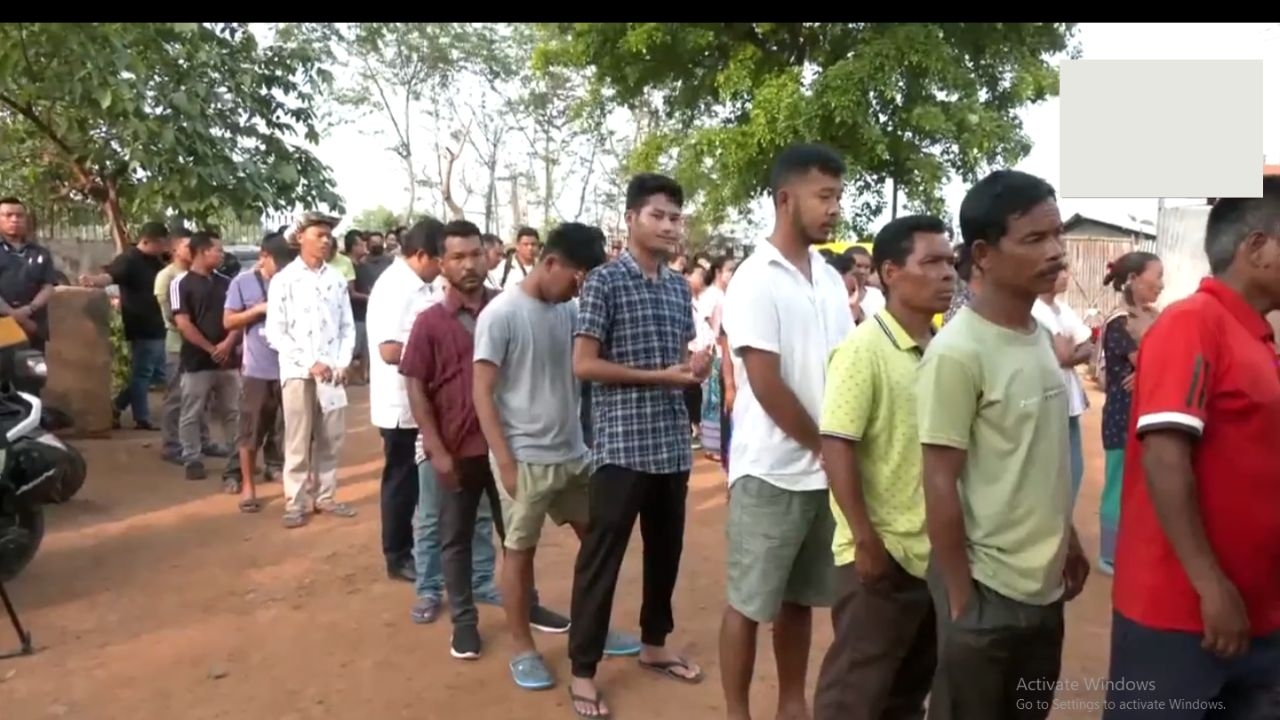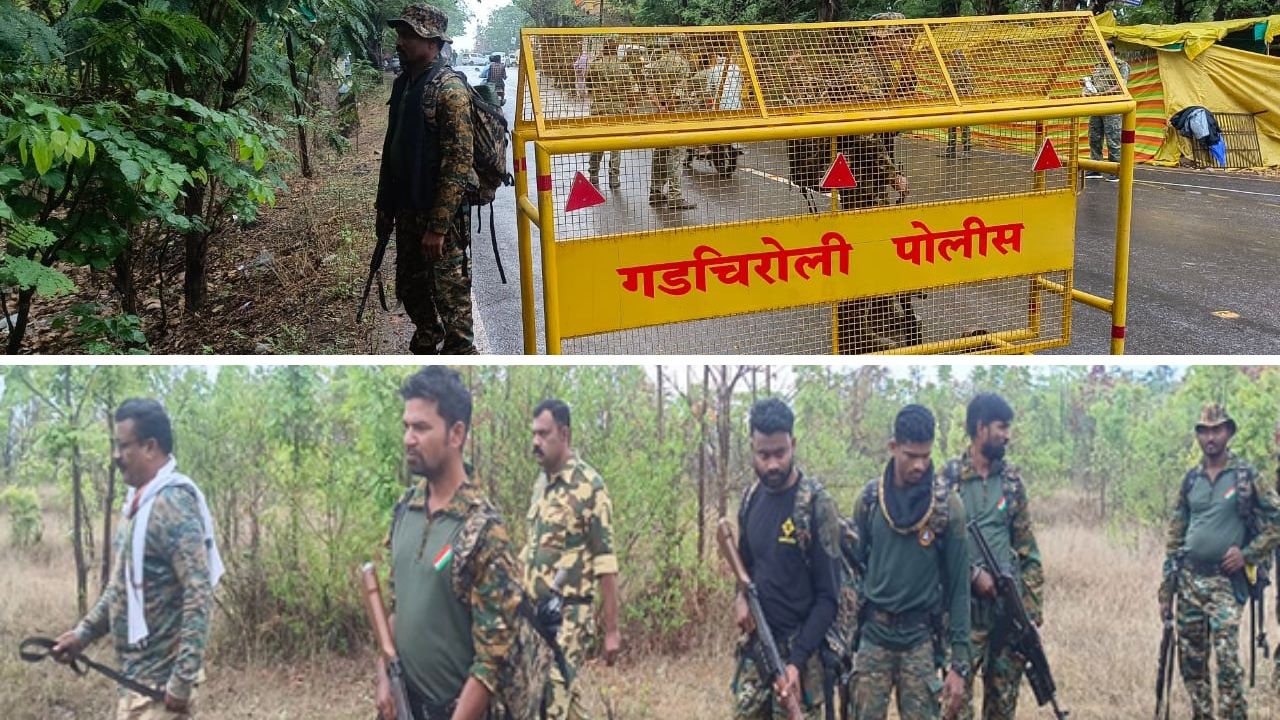Why is BJP afraid of Hardik Patel? He's trying to create a new Patidar identity
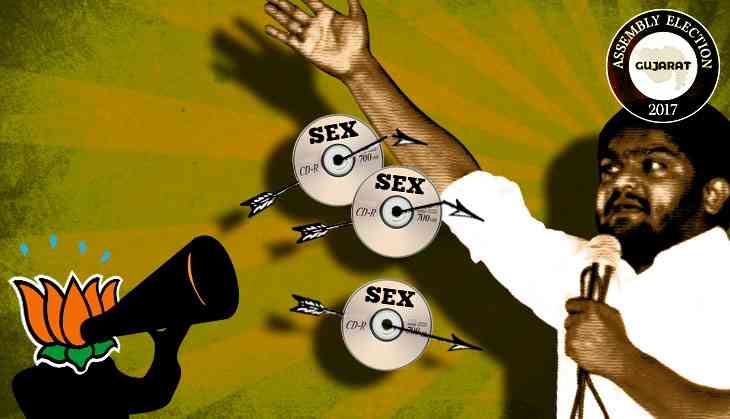
A "sex CD" allegedly depicting Patidar Anamat Andolan Samiti (PAAS) leader Hardik Patel surfaced on Monday. Patel and his supporters blamed it on the Bharatiya Janata Party (BJP) and understandably so as this isn't the first time a sex CD is being used against political rivals in Gujarat.
In 2005, a similar CD emerged featuring BJP leader Sanjay Joshi, a rival of the then chief minister Narendra Modi. The CD was later found to be doctored, but the damage was done as Joshi was stripped of all posts in the BJP. In 2010, a police officer Balkrishna Chaubey confessed that the CD was given to him by DG Vanzara, a controversial cop known to be close to Modi and Amit Shah.
One can only speculate whether Hardik Patel's alleged CD came from the BJP but it is clear that the saffron party will stop at nothing to politically destroy the 24-year-old Patidar leader. Patel has emerged as the biggest threat to the BJP. He is trying to change the political DNA of the Patidar community in a way that threatens the very basis of BJP's rule in Gujarat.
Patidars' political DNA
Despite being a Shudra caste, Patidars have consistently identified themselves with the interests of Upper Castes. In fact, the community has historically provided the numbers to political movements that have been dominated by Upper Castes.
For instance, Patidars played a major role in the anti-reservation protests that began in 1985 against the then Chief Minister Madhavsinh Solanki's decision to increase the OBC quota from 10% to 28%. Soon after the anti-reservation protests, Patels veered towards Hindutva and participated actively in the Ram Janmabhoomi movement. The political mobilisation of Patidars in the 1980s and 1990s showed that the community was only too willing to be part of essentially Upper Caste dominated causes like Hindutva and opposing reservation.
The reason for this identification partly lies in the mobility of Patidars during the colonial period.
In an article in the Economic and Political Weekly, Mahesh Gavaskar writes, “Patels scaled the economic ladder by becoming revenue collectors under the British. At the same time, they accumulated political capital by being in the forefront of anti-colonial nationalist struggle”.
Patidars became part of Gujarat's "mercantile ethos" during the colonial period, argue Achyut Yagnik and Suchitra Seth in their book The Shaping of Modern Gujarat.
The traditionally agrarian Patidars entered what they call the "Vaniya fold" in the 19th century when they "began trading in agricultural products such as tobacco and edible oils". Yagnik and Seth narrate that Many Patidars even went to "East and South Africa as indentured labourers and after their period of indenture was over, they took to petty trade and rose to control vast commercial enterprises there".
The community also came under the influence of Hindu revivalist movements like Swaminarayan Sampraday during the colonial period. Patels adopted Brahminical practices and became vegetarian, eschewing meat completely.
Alice Tilche argues that even their agrarian ethos began weakening in the past few decades as the community began seeing agriculture as a sign of backwardness. Instead, migration to cities and abroad, and involvement in trade were seen as signs of mobility.
Therefore, the evolution of Patidars in the colonial and post-Independence period brought their political worldview in line with Gujarat’s Brahmins and Vaniyas. As a result, the community never really considered itself backward, unlike Shudra castes in North India. The PAAS agitation of 2015 represented a break from this.
Hardik Patel and a new Patidar identity
Born in 1993, Hardik Patel comes with a clean slate in many ways. He has neither seen the anti-reservation movement of the 1980s nor the Ram Janmabhoomi movement. What he and his young supporters have seen, however, is a Gujarat where the BJP enjoys hegemonic dominance.
The simple question that Hardik asks is: What did we get by supporting the BJP?
Hardik Patel is trying to create a new Patidar identity and there are two crucial elements to this. First, he considers Patidars as unambiguously "backward", marking a break from the community's identification with Upper Caste interests.
Second, he seeks to take Patidars away from Hindutva politics altogether. It is this aspect of his politics that makes him extremely dangerous to the BJP as Patidars have been the backbone of Hindutva in Gujarat.
Hardik's speeches don't just focus on demanding justice for his community, he makes it a point to critique BJP's brand of Hindutva every now and then. Consider this speech of his last week.
जब में छोटा था तब पाठशाला में हिंदू,मुस्लिम,शिख,ईसाई भाई भाई समझाया जाता था,लेकिन जब बड़ा हो गया तो तू हिंदू,वो मुस्लिम यह समझाया जाता हैं। pic.twitter.com/URnTnLmaV5
— Hardik Patel (@HardikPatel_) November 8, 2017
"When I was a child I was told 'Hindu, Muslim, Sikh and Christian are all brothers. But when I grew up, they told me 'Hardik you're Hindu', 'Abdul, you are Muslim', 'Joseph, you are Christian'. They tried to divide society. They tried to make Hindus and Muslims fight to deny all of us justice," he said at a rally on November 8.
Significantly, he criticised BJP from a Hindu standpoint.
"People tell me that if you can't give us reservation, we will not support you. Fair enough. Was Ram Mandir built? (Crowd replies with a loud 'No!') That means you, shouldn't support the BJP. "
"We are told that Lord Ram ate ber at the house of Shabri, an Adivasi woman. Has anyone seen a photo of Ram doing that? We always see photos of him shooting an arrow. We are always taught about violence, not about harmony. No one tells us that Ram stood for peace and harmony. They only want to divide people," he said.
In an interview, he compared Modi to Raavan and said, “Ravan nahin marta agar uske nabhi mein teer nahin lagta [Ravan may not have been killed had the arrow not pierced his navel]. Our entire effort is to ensure the arrow hits the navel of Modi”.
In his interviews and public speeches, Hardik has said that Modi "used" Patidar youths in the 2002 Gujarat riots. In August last year, he wrote in a letter, "Taking political benefit from 2002 riots, Modi first became the CM and then went on to become the PM. Whereas Patidars convicted of riots are languishing in jails".
He says that his aim is to finish the Hindu-Muslim narrative of the BJP.
"If 2002 was a Hindu versus Muslim riot, why are mostly Patidars languishing in jail (in the riots cases)? What did Hindutva do to 147 Patidars who are serving life imprisonment for 2002 riots? Why are most of the Patidar youths unemployed and Patidar farmers suffering? They have seen through the BJP’s design. Hindutva can no longer make them blind," he said in an interview earlier this year.
If Hardik succeeds in shifting a majority of Patidars away from the BJP, it would embolden other reservation movements by agrarian communities like Marathas, Jats and Kapus. And with Bihar chief minister Nitish Kumar also raising the demand for reservation in the private sector, quotas would end up as the major issue for the 2019 polls, making it a nightmare for BJP.
But more importantly, if Hardik helps defeat BJP in Gujarat, it would mean the defeat of the Hindutva project in its original laboratory. It would, in his words, be an arrow through the BJP’s navel.
First published: 14 November 2017, 17:31 IST

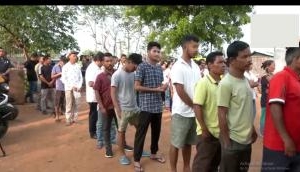

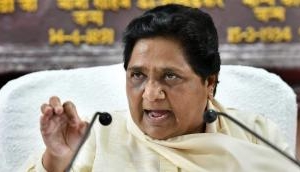
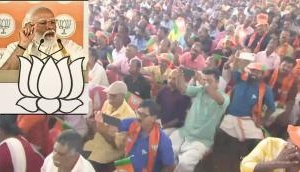
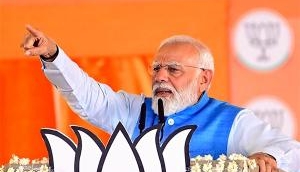
![BJP's Kapil Mishra recreates Shankar Mahadevan’s ‘Breathless’ song to highlight Delhi pollution [WATCH] BJP's Kapil Mishra recreates Shankar Mahadevan’s ‘Breathless’ song to highlight Delhi pollution [WATCH]](http://images.catchnews.com/upload/2022/11/03/kapil-mishra_240884_300x172.png)

![Anupam Kher shares pictures of his toned body on 67th birthday [MUST SEE] Anupam Kher shares pictures of his toned body on 67th birthday [MUST SEE]](http://images.catchnews.com/upload/2022/03/07/Anupam_kher_231145_300x172.jpg)




